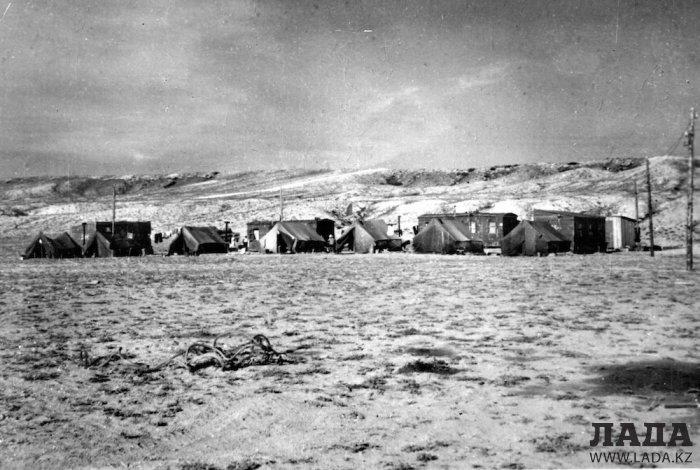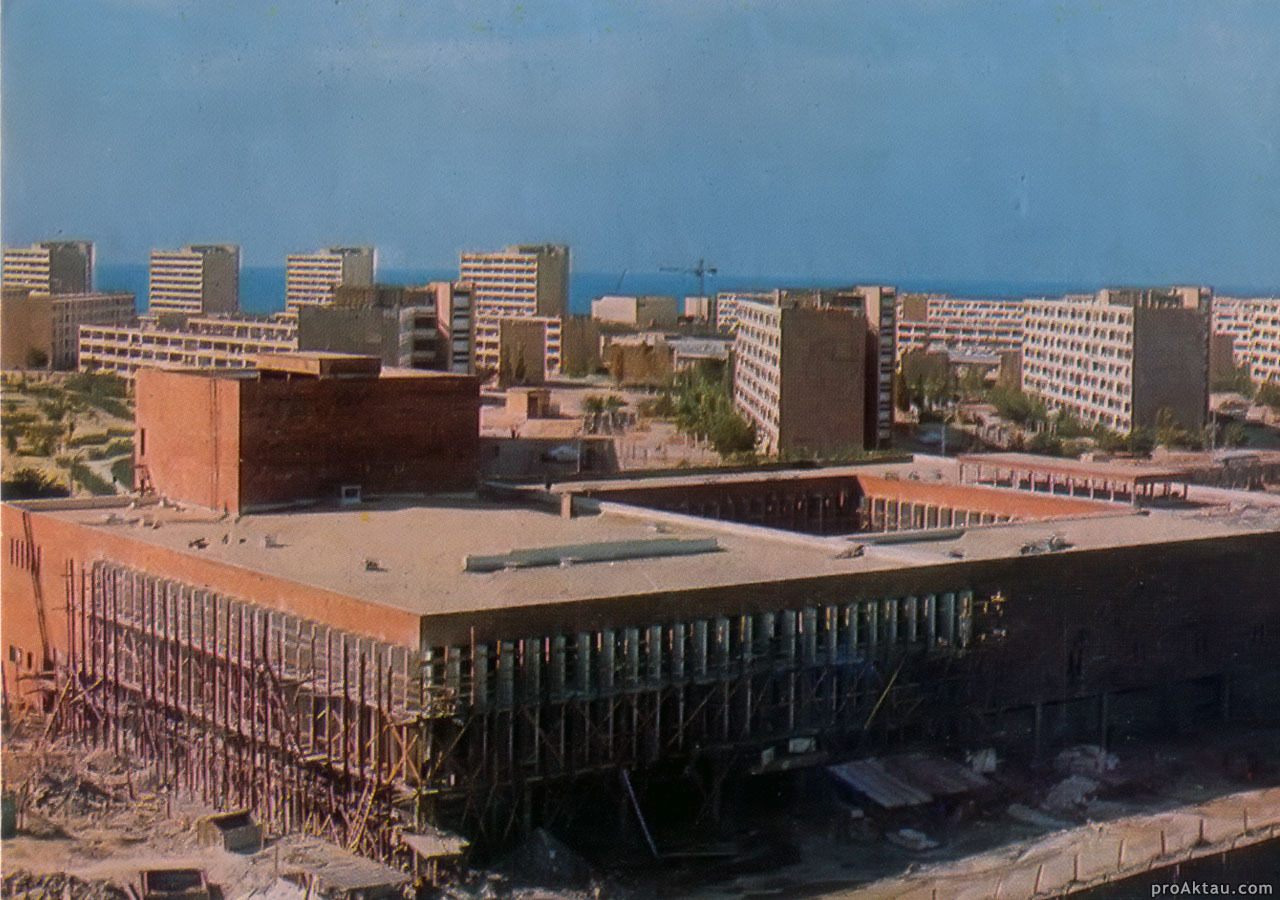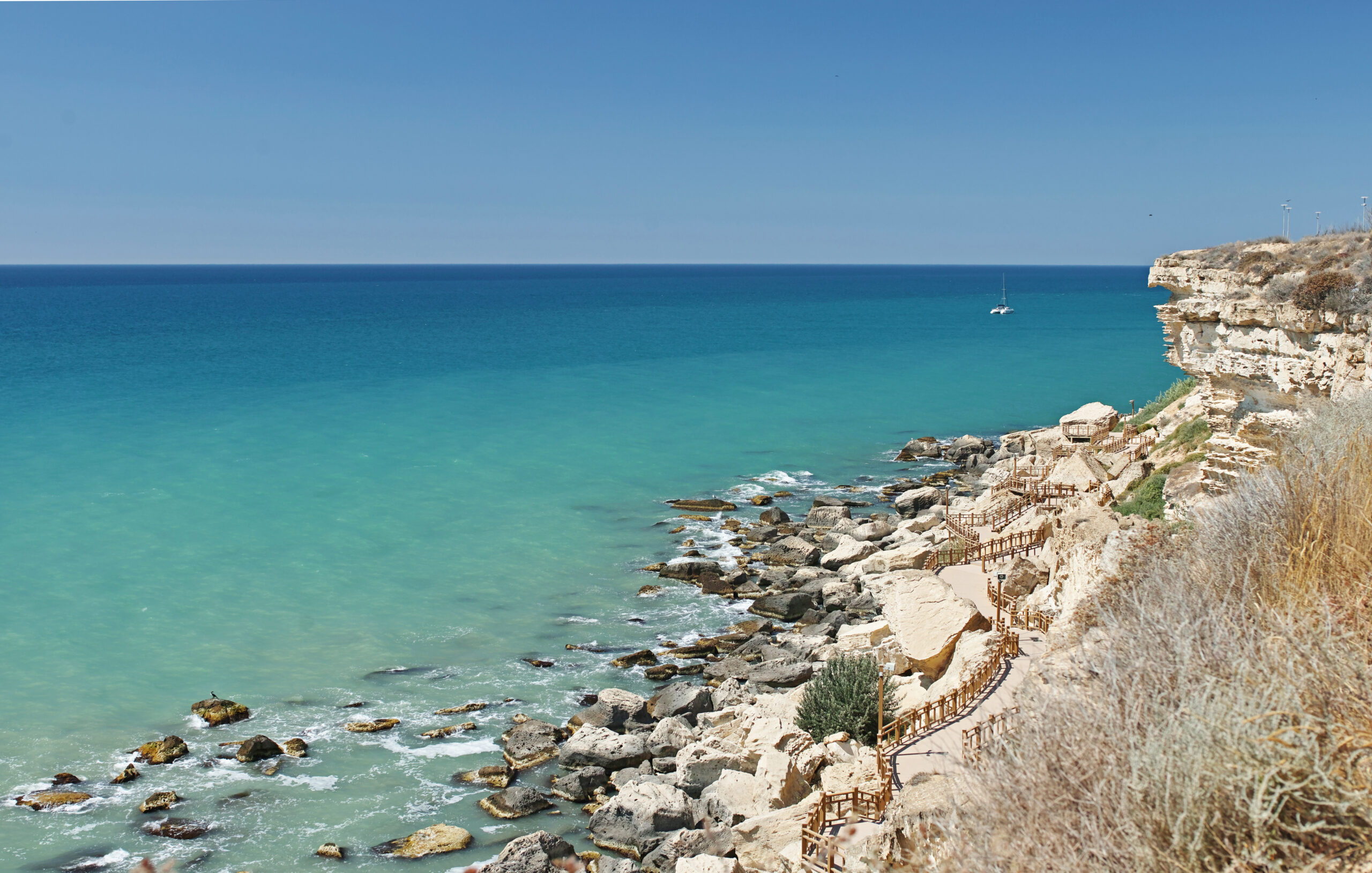Editor’s Note: The Astana Times continues its series of articles, Exploring Kazakhstan, City by City, with a focus on the marvelous city of Aktau. We aim to unveil the rich diversity of Kazakhstan’s cities and bring you closer to their heart and soul.
ASTANA – With Aktau set to become the capital of the Turkic world in 2025, here is everything you need to know about its history, attractions and role in Kazakhstan’s economy.

Aktau. Photo credit: Shutterstock. Click to see the map in full size. The map is designed by The Astana Times.
Located on the northwestern shores of the Caspian Sea, Aktau is a key port city in Kazakhstan. It serves as a vital gateway along the Middle Corridor and plays an important role as an oil industry hub. The city’s name, “Ak Tau,” meaning “white mountain” in Kazakh, reflects the striking white cliffs that line the Caspian coast, visible from afar.
Brief history
Aktau city’s official founding date is 1961, though its foundations were established a bit earlier.
In the spring of 1956, a group of Soviet geologists arrived in the Mangystau Region to find the mineral riches buried in the Karagiye hollow, setting up camp on Cape Melovyi. By mid-1957, they reported on uranium ore reserves at the Melovyi deposit at shallow depth – ideal for open-pit mining. Aktau celebrates its city day on Sept. 19, commemorating the start of work on the Melovyi deposit in 1958.

Geologists’ camp. Photo credit: lada.kz
Uranium mining became the foundation for Aktau’s growth and industrialization. In 1959, the settlement, initially named Guriev-20, was classified as a working settlement and renamed Aktau. The first two-story log houses, shipped from Siberia, formed the basis of the city’s present-day third microdistrict.
Born out of the uranium exploration in the middle of the vast steppe, Aktau evolved into a significant industrial and tourism hub in Kazakhstan. The development of oil and gas fields in the 1990s further spurred the city’s growth.
Interesting facts about the city
One remarkable feature of Aktau is that the first nuclear power plant was opened near the city as a means to provide it with desalinated water. Lacking local freshwater sources, Aktau relies on desalinated seawater to meet its needs, a process that consumes significant amounts of heat.
As the city’s population grew, traditional heat and power plants could not keep up with demand. To address this, a nuclear facility was built in 1964 and began operation in 1973. It supplied heat and power for more than 25 years. Though experts believed it could run until 2003, stricter nuclear safety standards required costly upgrades. In 1999, the Kazakh government decided to decommission it.

From 1964 to 1991, the city was named Shevchenko after the great Ukrainian poet Taras Shevchenko. Photo credit: proAktau.com
Another interesting fact is that from 1964 to 1991, the city was named Shevchenko after the great Ukrainian poet Taras Shevchenko, who was exiled in Mangistau from 1850 to 1857.
Aktau also stands out for its unique approach to city planning: many of its streets are nameless. Instead of traditional street names, the city uses a system based on microdistrict numbers and house numbers. This gives the city a distinct character, where navigation relies more on recognizing the area’s numerical designations than memorizing street names.
Aktau – an ideal seaside vacation
Despite its name, the Caspian Sea is actually the world’s largest lake, an enclosed inland body of water. But this does not stop locals and tourists from enjoying everything a seaside vacation has to offer.
The beach season in Aktau opens in May and runs until September or October. During the summer months, temperatures can soar to 45 degrees Celsius, with almost no rainfall throughout the season.

The Caspian Sea is actually the world’s largest lake, an enclosed inland body of water. The beach season in Aktau opens in May and runs until September or October. Photo credit: Shutterstock
The best time for a beach vacation is July, when the Caspian Sea reaches a pleasant 26-27 degrees Celsius. While August and September still see high temperatures, the sea begins to cool noticeably by October. Still, some thrill-seekers continue swimming despite the drop in temperature.
The Caspian Sea’s seabed is rocky, with most beaches covered in fine pebbles, though some areas feature sand. In the central area, the coast is steep and rocky, attracting cliff-jumping enthusiasts and offering stunning panoramic views of the sea bay. There are several public beaches within the city, well-equipped for a comfortable vacation experience.
Exploring the city
Aktau is incredibly beautiful year-round. In winter, the coastline becomes a serene haven for snow-white swans. During spring and autumn, the city becomes a stopover for flocks of flamingos on their migratory journey to warmer climates. The sight of these elegant birds adds a vibrant touch to the coastal landscape, further enhancing Aktau’s allure in the changing seasons.
One of the city’s highlights is the Rock Trail (Skalnaya Tropa), a popular pedestrian path running along the shoreline between the sea and the cliffs. Stretching 1.5 kilometers, the trail offers stunning sunset views from observation platforms, inviting benches for rest after a short hike or run, and charming evening illumination to enhance the atmosphere.

Rocky trail. Photo credit:the press service of the Akimat of Aktau city
Another unique attraction is the Botanical Garden, a source of pride in Aktau’s rocky terrain, where fertile soil is scarce. By the early 1960s, as the city began to take shape with houses and cultural centers, greenery such as trees, shrubs, and grass was completely absent. Addressing the need for vegetation in the scorching steppe became a critical priority.
In 1971, an experimental botanical garden was established to promote greening efforts in the city, nearby industrial enterprises, and settlements across the Mangystau Region. The botanical garden became a hub for experimenting with and selecting the most resilient ornamental plants from around the world, while also developing cultivation techniques suited to the area’s challenging climate. The garden’s dedicated team pioneers innovative landscaping techniques tailored to the arid climate, showcasing the region’s potential for green transformation.
Aktau serves as a gateway to the beautiful Mangystau Region, known for its unique landscapes and natural beauty. From Aktau, visitors can book a jeep tour to explore the breathtaking Bozzhira Plateau, known for its dramatic cliffs and valleys, or visit the surreal underground mosque of Shakpak Ata, carved directly into the rock.
The Exploring Kazakhstan, City by City series previously featured Zhezkazgan, Shymkent, Taldykorgan, Oskemen, Kostanai, Karagandy, Taraz, Kokshetau, Semei, Petropavl, Atyrau, Pavlodar and Kyzylorda.


